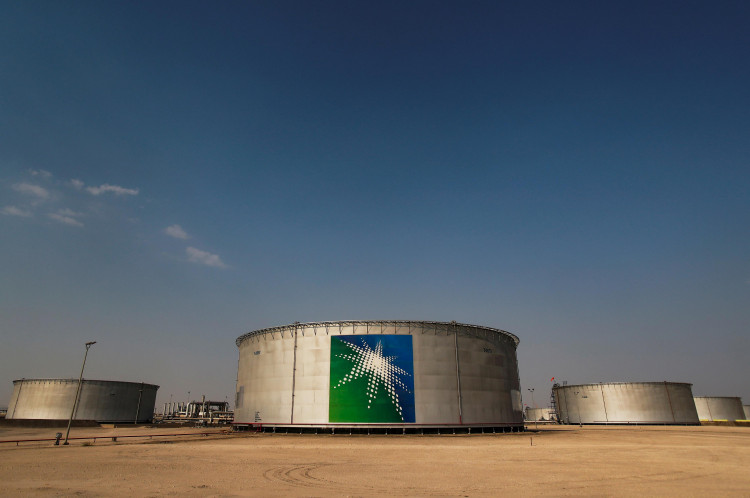Saudi Arabia and Russia ramped up their daily oil exports by 1 million barrels in September. Saudi Arabia's daily maritime oil exports surged by over 800,000 barrels, while Russia increased its daily exports by 325,000 barrels through Baltic and Black Sea ports. However, even with this uptick, both countries' export volumes remain well below their July levels. If the oil was directed to refineries on Saudi's western coast, September's export figures would be even lower.
This September rebound was anticipated, following Saudi Arabia's 30-month export low. However, Saudi Arabia had previously pledged to maintain significant production cuts until the end of this year.
Since this summer, Middle Eastern oil-producing countries have primarily used their oil domestically, mainly due to increased electricity demand for air conditioning, which has limited export volumes.
Currently, Russian oil prices are nearing $100 per barrel, significantly surpassing the $60 cap imposed by the G7. U.S. Treasury Secretary Janet Yellen recently noted that the price cap is no longer effective in penalizing Russia.
Saudi officials have not commented on the oil export data. Figures indicate that China, as Saudi Arabia's top oil buyer, saw its highest oil imports from the kingdom in five months.
Meanwhile, with the growth in natural gas demand, Saudi Aramco is seeking to acquire more liquefied natural gas (LNG) operations.
Last week, Saudi Aramco announced a $500 million acquisition of a stake in MidOcean Energy, which includes an option to further increase its holdings. The company has four LNG extraction projects in Australia. The head of upstream operations at Saudi Aramco stated that this investment would enable the company to meet the growing global demand for LNG, especially in key markets like Asia and Europe, where more LNG export infrastructure is being developed.
Data shows that global LNG trade has grown from 100 million tons in 2000 to nearly 400 million tons in 2022, which explains Saudi Aramco's interest in entering the natural gas market.
The official mentioned, "We foresee a structural long-term growth in the LNG market, and Saudi Aramco aims to be a leading player in the global LNG industry."
He added that Saudi Aramco is diversifying its operations, expanding its LNG business, and reducing carbon emissions. With the current increase in global natural gas demand, Europe is looking to replace Russian gas, while Asian countries are seeking cleaner natural gas as an alternative to coal and oil.
Currently, Saudi Aramco is also seeking more natural gas and LNG acquisitions domestically to meet both its local and export demands.
It's understood that by 2030, Saudi Aramco plans to increase its natural gas production by 50% compared to 2021. The company's Jafurah gas field is expected to commence production in 2025, reaching a daily output of 2 billion cubic meters by 2030. Producing more natural gas will help Saudi Arabia reduce its oil consumption, thereby freeing up more oil for export.






